Monthly Archives: August 2024
SOURCE: IDRW.ORG

Velmenni, a frontrunner in Li-Fi (Light Fidelity) technology, has secured a substantial grant from the Ministry of Defence (MoD) under the iDEX initiative. This funding marks a significant step towards revolutionizing secure wireless communication for the Indian Navy, particularly in addressing the unique challenges faced in modern warfare.
The iDEX program serves as a launchpad for innovation within India’s defense sector. By fostering the integration of cutting-edge technologies like Velmenni’s Li-Fi, this initiative aligns perfectly with national ambitions like Make in India, Startup India, and the Atal Innovation Mission (AIM).
Continue readingSOURCE: RAUNAK KUNDE / NEWS BEAT / IDRW.ORG
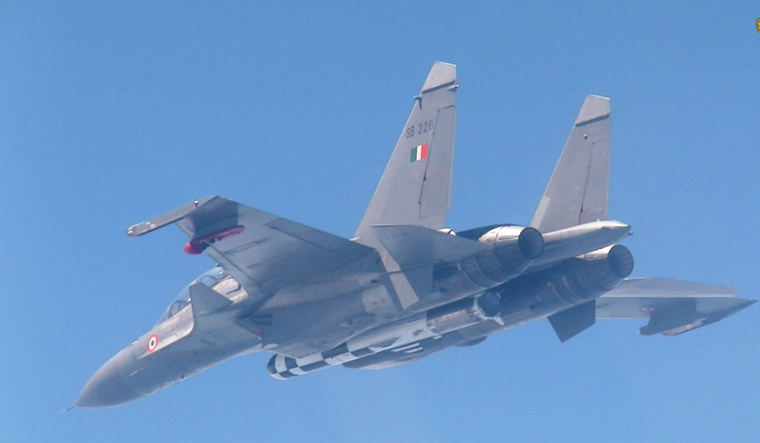
The Royal Malaysian Air Force (RMAF) has expressed keen interest in acquiring India’s BrahMos Air Launched Cruise Missile (ALCM) to bolster its Sukhoi-30MKM fighter fleet. The Mach 3 capable missile, with a range of 290 kilometers, will come as a significant upgrade for the RMAF’s Naval strike capabilities.
However, integrating the BrahMos ALCM into the Su-30MKM platform is not a straightforward process. The Indian Air Force (IAF)’s Su-30MKI had to undertake a complex structural hardening process for its aircraft before carrying the 2.5-ton missile. This involved extensive modifications to the aircraft’s airframe to withstand the immense launch forces.
Continue readingSOURCE: RAUNAK KUNDE / NEWS BEAT / IDRW.ORG

India’s Light Combat Aircraft (LCA) Tejas Mk1A program faces setbacks due to supply chain constraints impacting GE Aerospace’s production of the F404 engines. While GE aims to resume deliveries of the first batch of engines next month, achieving the annual production rate of 16 engines, as per the agreement with Hindustan Aeronautics Limited (HAL), is expected to take significantly longer.
Industry sources close to idrw.org report that GE Aerospace might require an entire year to reach the contracted production rate. The company acknowledges the challenges and anticipates improvement by mid-2025, but a full capacity of 90% is not expected until the end of 2025, with normal operations resuming only in 2026.
Continue readingSOURCE: RAUNAK KUNDE / NEWS BEAT / IDRW.ORG

The Indian Air Force (IAF) is set to breathe new life into its fleet of Mi-26 heavy-lift helicopters after years of grounding. The once-mighty workhorses, essential for airlifting troops and equipment, are undergoing a comprehensive overhaul at the No. 3 Base Repair Depot (BRD) in Chandigarh, with crucial assistance from Russian engineers.
Earlier, these behemoths were to be sent to Russia for maintenance, a process marred by delays that led to their technical life expiring. To address this, the IAF opted for a domestic overhaul, leveraging the expertise of Russian Original Equipment Manufacturer (OEM) engineers on Indian soil. A meticulous process of dismantling, inspection, and replacement of worn-out components is underway, aiming to extend the helicopters’ operational life by another decade.
SOURCE: IDRW.ORG TEAM
In a significant development, Defence Minister Rajnath Singh is scheduled to visit Washington later this month, where he is expected to address the critical issue of delays in the supply of GE-F404 turbofan engines to Hindustan Aeronautics Limited (HAL) by the American firm General Electric (GE). This delay has become a primary factor impacting the delivery timeline of 83 Tejas Mark-1A fighter jets to the Indian Air Force (IAF), a deal valued at ?46,898 crore that was finalized in February 2021.
The GE-F404 engine is the heart of the Tejas Mk1A, India’s indigenous light combat aircraft (LCA). Under the agreement, the IAF is to receive 83 upgraded Tejas Mark-1A jets from HAL, with deliveries originally expected to commence in 2023. However, the delay in engine supply from GE has posed a significant hurdle in meeting the delivery schedule.
Continue readingSOURCE: IDRW.ORG TEAM
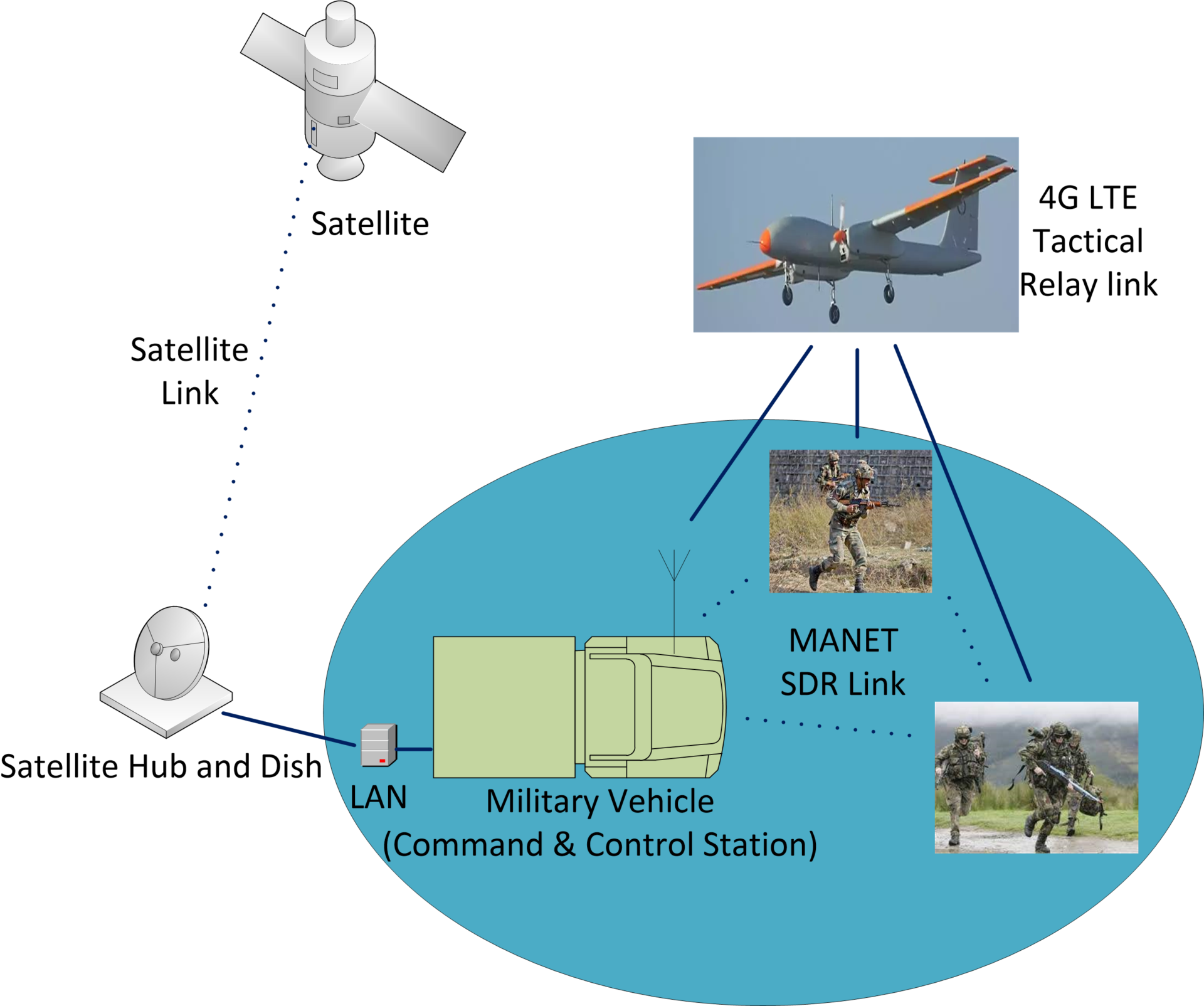
Lekha Wireless has made significant strides in the field of wireless communication by successfully demonstrating the capabilities of its Software Defined Radio (SDR) with advanced Low Probability of Intercept (LPI) radios to the Indian Army.
The company’s technology, which boasts below noise floor communication and an impressive frequency hopping rate of over 5000 hops per second, has garnered significant praise from the Army’s elite technical officers. The demonstrated features, including secure voice communication in LPI/LPD mode and applications like situational awareness and messaging, have left a lasting impression.
Continue readingSOURCE: RAUNAK KUNDE / NEWS BEAT / IDRW.ORG
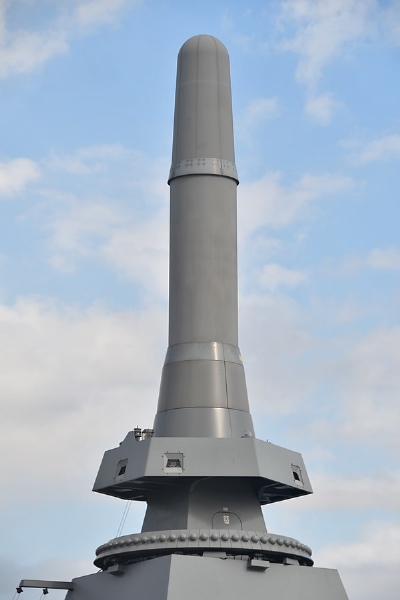
In a significant boost to India’s maritime capabilities, Japan is set to supply advanced naval ship antennas to its Quad ally. Developed by NEC and other Japanese companies, the NORA-50 antennas are renowned for their ability to rapidly detect missiles and drones, a critical capability in modern naval warfare.
These cutting-edge antennas, currently deployed on Japan’s most advanced escort ships, offer a unique combination of functionalities. Integrated into a single, horn-shaped structure, they house multiple antennas for tactical data link, TACAN, and communication purposes. This design significantly reduces the radar cross-section (RCS), making the equipped vessel harder to detect by enemy radar systems.
Continue readingSOURCE: RAUNAK KUNDE / NEWS BEAT / IDRW.ORG
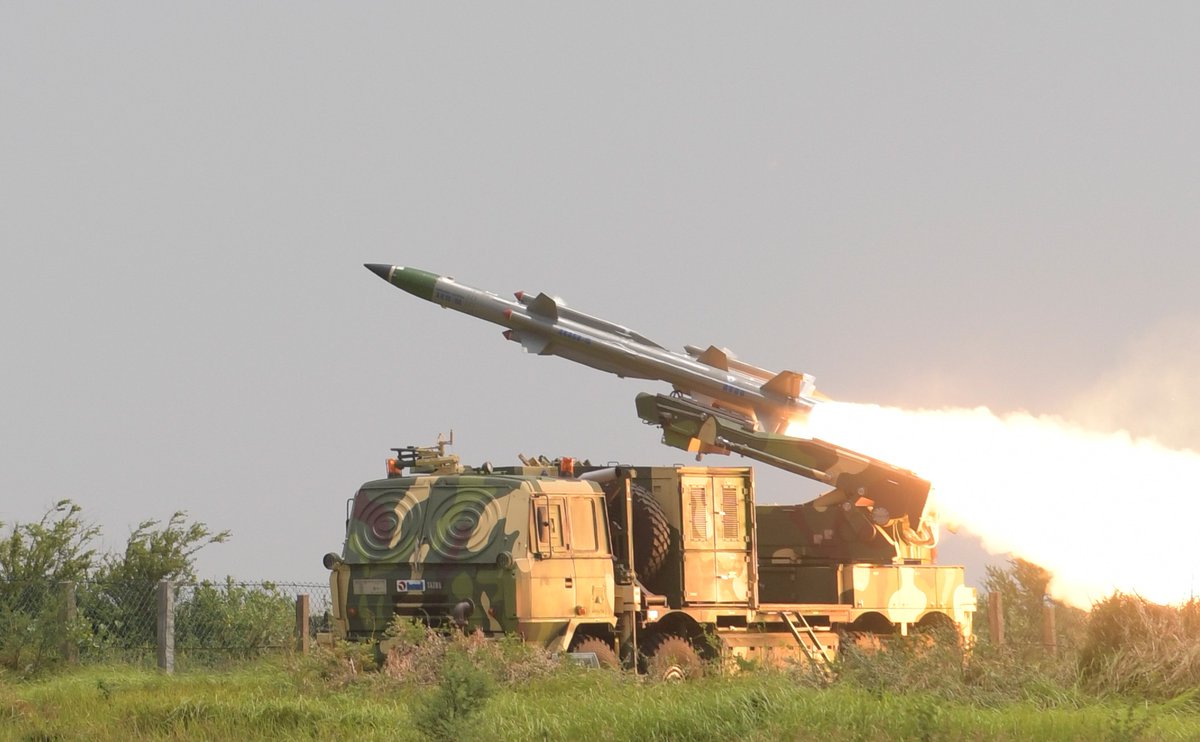
Prime Minister Narendra Modi and his Vietnamese counterpart Pham Minh Chinh have reaffirmed their commitment to strengthening the India-Vietnam Comprehensive Strategic Partnership, recognizing the growing importance of closer cooperation in the current geopolitical landscape. During their meeting, the two leaders identified numerous areas for enhanced collaboration, with a particular focus on defence and security.
A key highlight of the discussions was India’s proposal to offer Vietnam the technology transfer for the production of the Akash 1S air defence system. This advanced weapon system, already in service with the Indian Army and Air Force, has proven its effectiveness in multiple operational scenarios. By offering technology transfer (ToT), India aims to bolster Vietnam’s defence capabilities and deepen bilateral defence cooperation.
Continue readingSOURCE: RAUNAK KUNDE / NEWS BEAT / IDRW.ORG
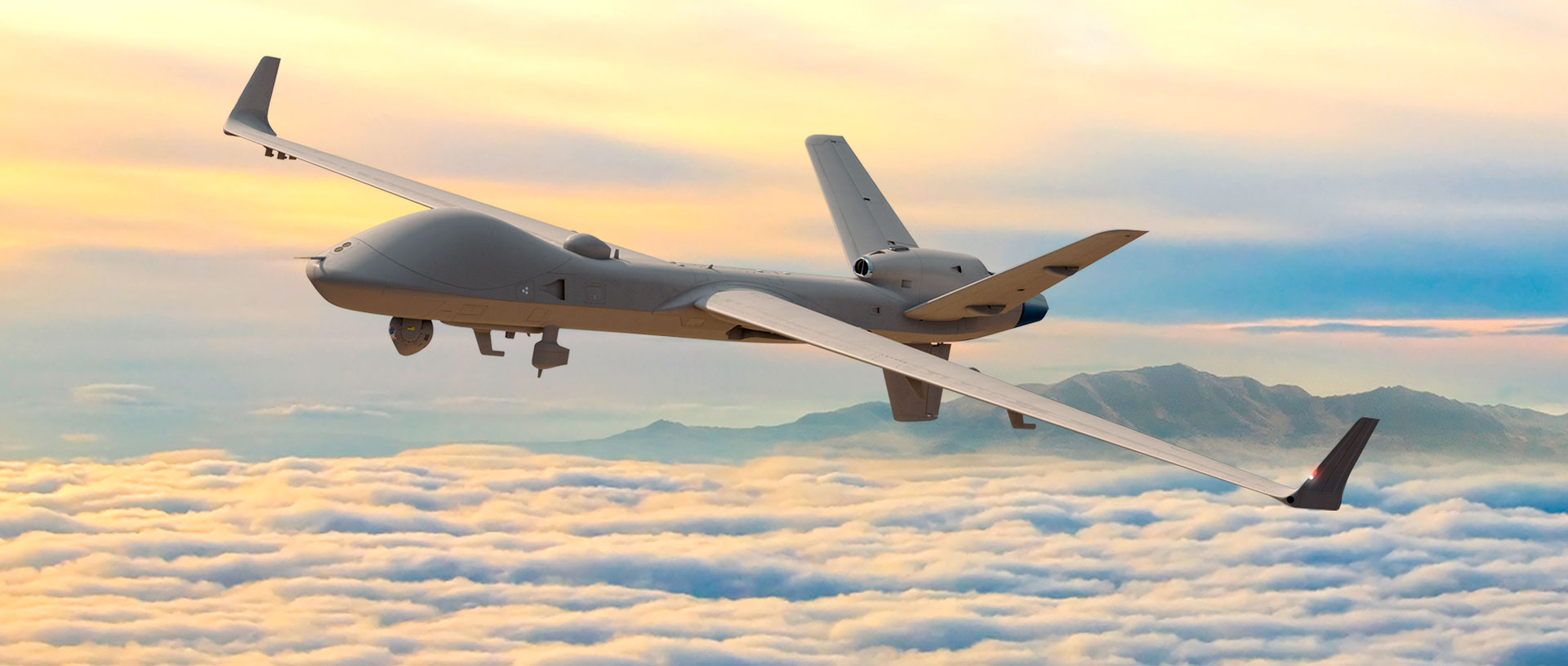
In a significant development, General Atomics has agreed to increase the Indian content in its MQ-9B HALE UAVs from the initial 7-8% to a substantial 16-20%. This decision comes after the Indian Ministry of Defence expressed dissatisfaction with the earlier level of indigenous content.
India is in the process of acquiring 31 MQ-9B UAVs for its tri-services, a deal valued at over $3 billion. The increased focus on indigenous content is in line with the government’s ‘Make in India’ initiative, aimed at boosting domestic manufacturing and reducing reliance on imports.
Continue readingSOURCE: IDRW.ORG TEAM
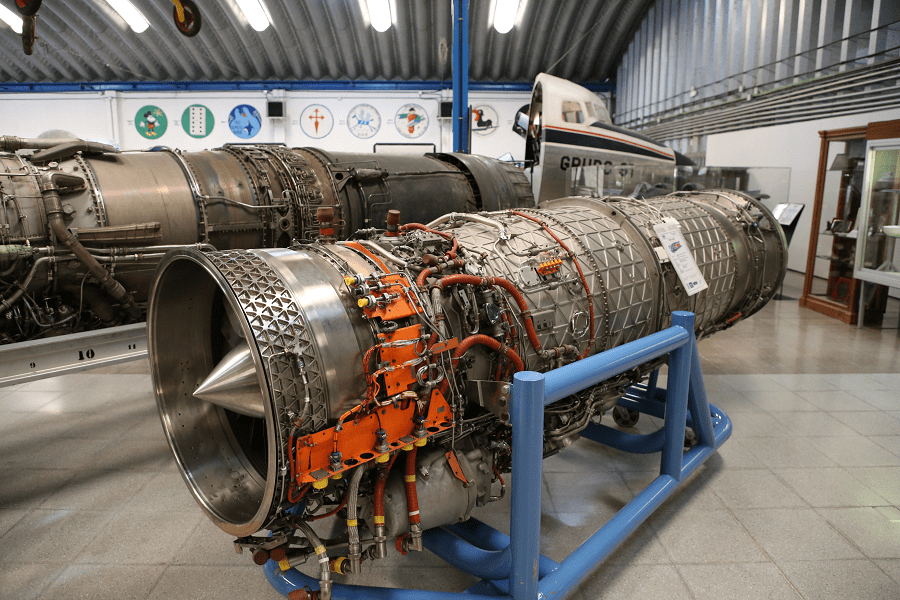
India’s pursuit of a 6th generation jet engine for its Advanced Medium Combat Aircraft (AMCA) program is taking an interesting turn. While initial plans involved a collaborative effort with a foreign partner, with significant contributions from the Gas Turbine Research Establishment (GTRE), a new approach is emerging.
GTREs, the parent organization of DRDO, is now prioritizing the development of a “future-proof” engine concept. This engine is envisioned to not only power the AMCA but also be adaptable for future Indian aircraft platforms. This shift in strategy necessitates a greater focus on advanced afterburner technologies, an area where GTRE’s expertise is still under development.
Continue readingSOURCE: IDRW.ORG TEAM

In a groundbreaking achievement for India’s space sector, Hyderabad-based startup TakeMe2Space has successfully assembled the first module of its MOI-TD (Micro Orbital Infrastructure – Technology Demonstration) satellite. This innovative project aims to create the world’s first satellite lab in space, opening up exciting possibilities for research and experimentation.
The MOI-TD is a significant milestone in space exploration, offering a platform for both professional researchers and young students to conduct experiments in the unique microgravity environment of space. Notably, engineers from a Malaysian university and a group of class 9-10 students from an Indian school have already secured their spots as the first customers to utilize this revolutionary facility.
Continue readingSOURCE: RAUNAK KUNDE / NEWS BEAT / IDRW.ORG
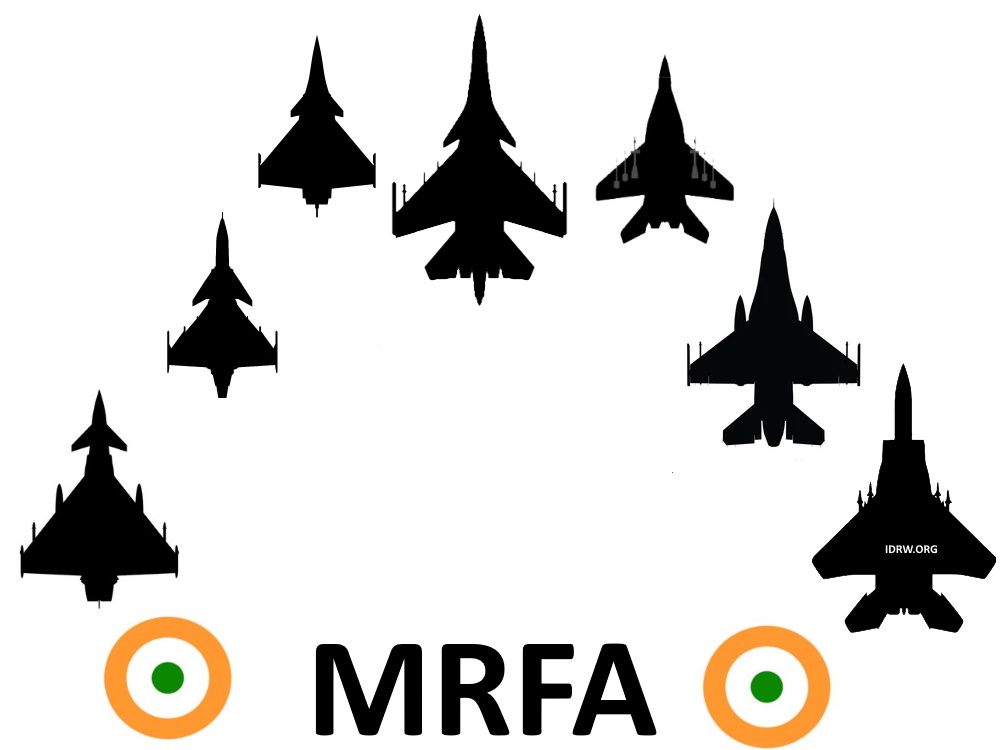
The Indian Air Force’s (IAF) ambitious plan to acquire 114 new fighter jets through the Multi-Role Fighter Aircraft (MRFA) program faces a significant hurdle: global supply chain disruptions. This critical issue is impacting the production rates of existing fighter jets and affecting the availability of engines that power them.
International aerospace companies are grappling with a shortage of special alloys, a key component in fighter jet manufacturing. This shortage has led to production slowdowns for current fighter jet programs, potentially impacting timelines for the MRFA tender.
Continue readingSOURCE: RAUNAK KUNDE / NEWS BEAT / IDRW.ORG
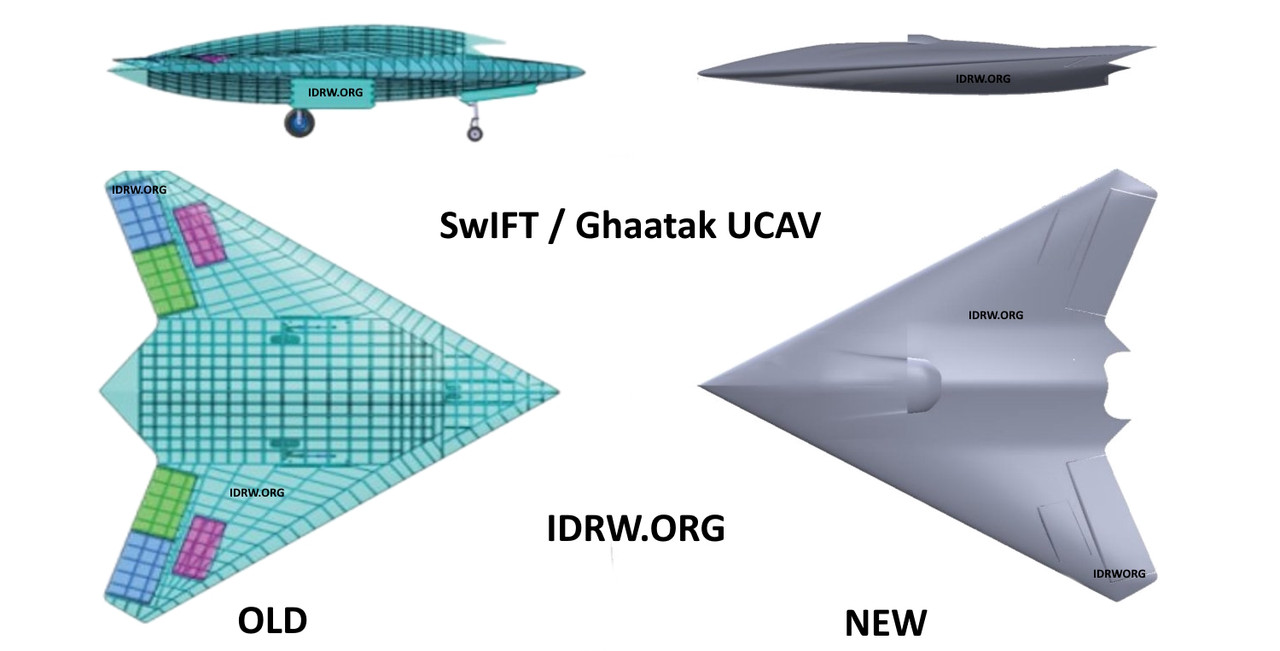
The Indian Air Force (IAF) has given the green light to a proposal by the Defence Research and Development Organisation’s (DRDO) Aeronautical Development Establishment (ADE) to transform its SWIFT UAV technology demonstrator into a full-fledged mini-UCAV bomber program.
Originally conceived as a 1-ton technology demonstrator for the larger Ghatak UCAV, the SWIFT UAV has rapidly evolved due to the increasing significance of unmanned aerial vehicles (UAVs) in modern warfare. The ADE’s proposal to convert it into a mini-UCAV bomber is a strategic move to bolster India’s aerial capabilities.
Continue readingSOURCE: RAUNAK KUNDE / NEWS BEAT / IDRW.ORG

A French Air Force Rafale fighter jet that encountered technical difficulties during the recent Tarang Shakti exercise in Tamil Nadu was rapidly returned to service thanks to the robust cooperation between India and France.
The unexpected repair was made possible through the Mutual Logistics Support Agreement (MLSA) signed by the two countries. This strategic partnership allows for the sharing of logistics and services between the armed forces of both nations.
Continue readingSOURCE: DINESH BEHARA / FOR MY TAKE / IDRW.ORG
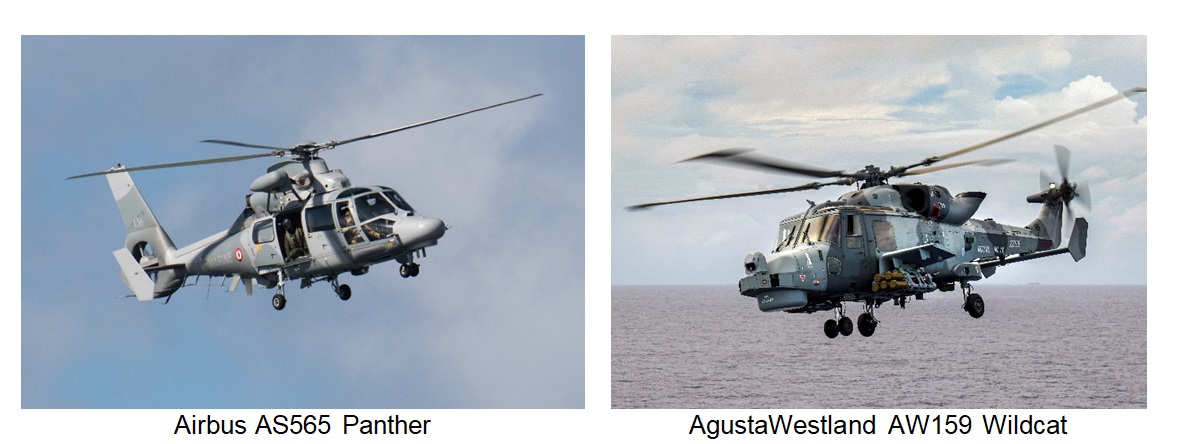
In 2017 Indian Navy issued an RFI for 111 Naval Utility Helicopters (NUH) to replace ageing license-built Alouette III /Chetak helicopters. The RFI stipulated that the helicopter should be in the category of 5 tons and should be able to carry out operations such as Search and Rescue (SAR), Medical Evacuation (MEDEVAC), Communication Duties, Anti-Piracy and Anti-terrorism, Humanitarian Assistance, and Disaster Relief (HADR) and Surveillance and Targeting in both day and night. [1]
The Navy was looking for a utility helicopter with limited sub-surface targeting carrying at least one torpedo and capable of undertaking the operations both from ships and shores.[1]
Continue reading